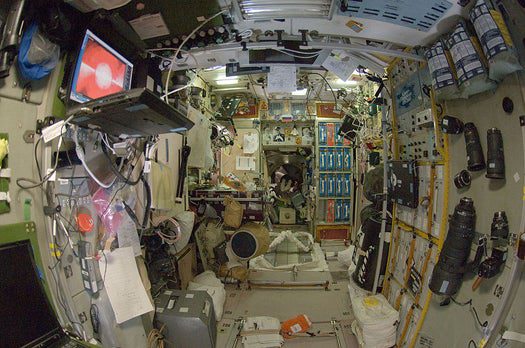After 33 miners were discovered trapped alive deep within a collapsed Chilean gold and copper mine, authorities in Chile sought advice from NASA scientists on the best means to keep the men alive in such isolated circumstances. Now Chilean officials are getting something even better from NASA: a four-man team of physicians and scientists that is en route to Chile to advise on-site about the situation unfolding some 2,300 feet below ground.
The team – consisting of two physicians, one psychologist, and one engineer – will provide critical help to Chilean mining authorities who are desperately trying to maintain the miners’ physical and mental health while they wait for rescue that may not come until Christmas.
“NASA has had a long experience in dealing with isolated environments,” deputy chief medical officer Michael Duncan said in a NASA TV broadcast. “We train and plan contingencies for emergencies and we also have experience in other analog environments — undersea environments, and some dealings with our Antarctica analog as well.” Duncan is one of the members of the NASA team bound for Chile.
NASA hopes to parlay that knowledge into useful tools for keeping nearly three dozen men alive underground for several months. Right now, rescuers and the miners are connected only by a 6-inch-wide hole through which sustenance and communications can be piped. It’s not much, but via those limited means NASA physicians should be able to help the miners maintain proper nutrition and hygiene while at the same time helping them deal with the psychological strain associated with such extreme isolation.
The team is expected to hold a press conference in Santiago, Chile, at which point we’ll likely hear more about the specific roles the NASA team will be asked to play.









